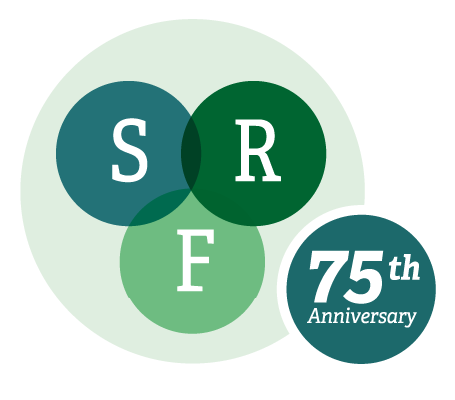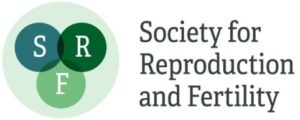SRF Early Career Symposium at Fertility 2024
EICC, Edinburgh, Scotland
Held on Wednesday 10 January 2024
Deadline for Submission: 11.59 GMT on Monday 16 October 2023
Word Limit: 300
At the Society for Reproduction and Fertility (SRF) Satellite Day at Fertility 2024,10 January 2024, the Early Career Symposium for SRF members will again be dedicated to undergraduate, masters, and first year PhD students to present their research in the form of 3-minute flash talks followed by 2 minutes of questions.
This event will be sponsored by the Reproduction and Fertility Journal with the selected winner awarded a prize. To be considered for this exciting opportunity, early career members of SRF (undergraduate, masters, or first year PhD students), must submit a 300-word abstract based on their research.
Please contact one of your SRF Early Career Representatives if you have any questions about the session:
Claire Stenhouse: cms9086@psu.edu
Imogen Harris: Imogen.harris100@googlemail.com
Alex Shattock: ashattock21@rvc.ac.uk
Gbenga Eweoya: ewegbenga@gmail.com
Abstract Guidelines
Word Limit: 300
The first (presenting) author must be an undergraduate, masters, or first year PhD student, as well as an Early Career (EC) member of SRF.
If your abstract is accepted for inclusion in the 2024 SRF Early Career Session, the presenter will be required to register and participate in Fertility 2024 conference. The first author of selected abstracts will give a short (3 min) presentation at the SRF satellite day EC session, sponsored by the Reproduction and Fertility Journal.
There is a bursary for all SRF members, applicants will need to apply separately and meet eligibility criteria, please go to SRF Bursary for details.
Please note that you can submit your abstract at any time up to the closing date.
Key points for the abstract:
- Aim to capture the EC symposium programme committee’s interest.
- Be clear and concise.
- Check the abstract carefully for spelling, grammar, readability and clarity.
- Use the following headings for the nature of the work, e.g.: (a) Purpose/background/objectives (b) Methods (c) Results (d) Conclusions
- Use standard abbreviations only and place any unusual abbreviation in parentheses after the full word the first time it appears.
- Use generic names of drugs.
- If reference is made to proprietary products or equipment, the manufacturer’s name and location should be included in parentheses.
- References should be kept to a minimum and should be consistently/accurately presented in Vancouver style.
The reference list is not included in the word count but the citation numbers within the abstract are included. Only sources referred to in the text should be included but a bibliography may be added if desired.
All correspondence will be sent to the registered submitter. It is the responsibility of this person to pass on any relevant information regarding the submitted abstract and the conference to the other authors.
- Abstracts MUST be submitted using the text entry template provided.
- All abstracts must be submitted in English
- All abstracts must be submitted using the following headings; (a) Purpose/background/objectives (b) Methods (c) Results (d) Conclusions
- A “blind” selection process will be used. No identifying features such as names of hospitals, medical schools, clinics or cities may be listed in the title or text of the abstract if included this may result in rejection of your abstract. Do not include the names of authors either. The names of the authors and their affiliations (institutions) will be requested separately when you submit the abstract online.
- The title should be succinct yet clearly describe the content of the work. Please use Sentence case (i.e. the first letter of the sentence is capitalised, with the rest being lowercase except for proper nouns and acronyms). There should be no full stop at the end. Please DO NOT use upper case for the title.
- The abstract is a summary of your work in its entirety. It should contain concise complete information sufficient to convey why the work was done, how it was done, the key findings and implications, and a complete data set.
- No tables or images to be submitted in the written abstract.

